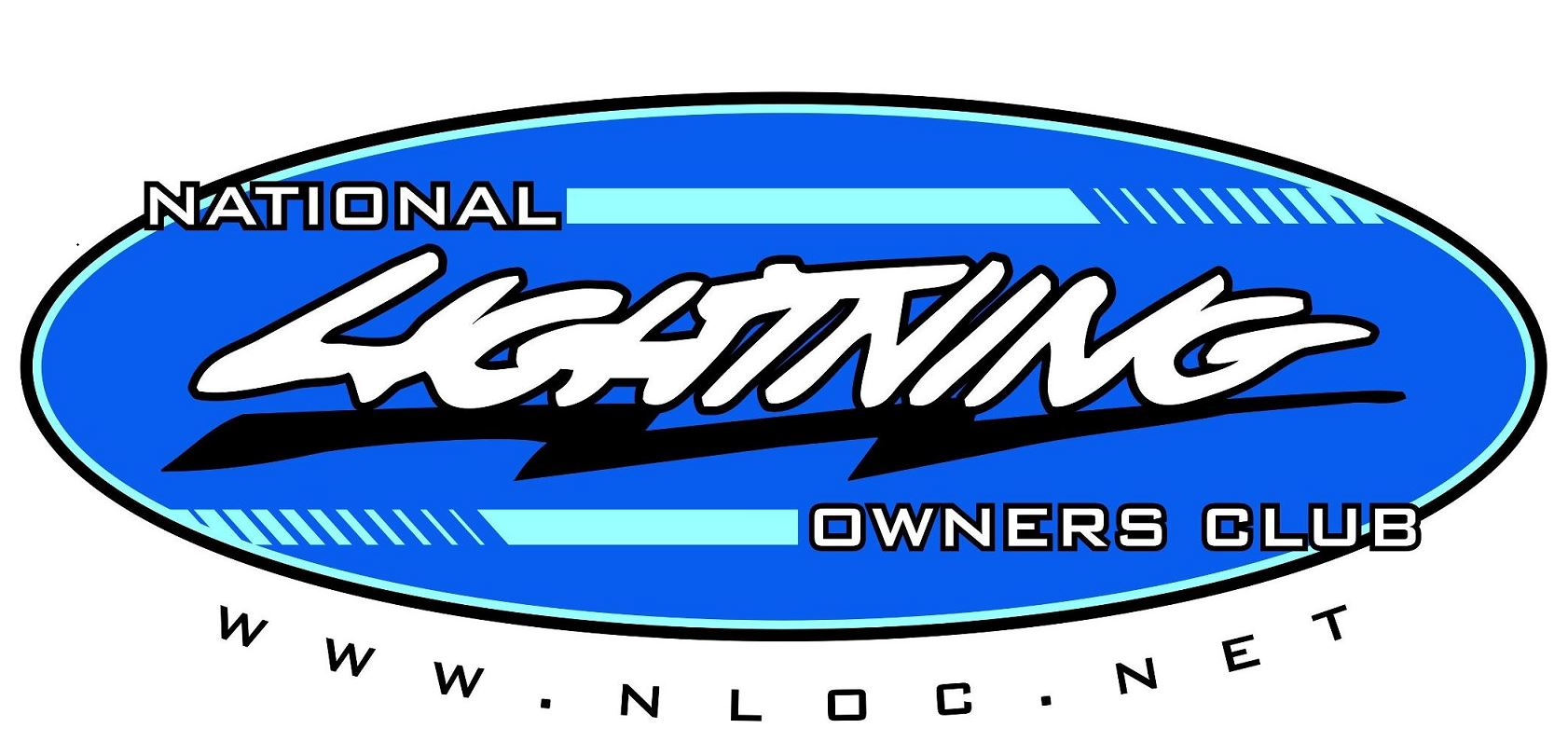blownragtop
Member
Where is the bind in the stock suspension? There is none. Why introduce it unnecessarily?I ran a real suspension for years on my gen 1 (a 4 link) and any suspension besides a 4 link has "bind" so lets clear that up.
You said that the longer the bar the less bind. Wrong. There is an optimum length for a long bar – a length (and angle) whose arc would most closely replicate that of the leaf/axle assembly. What is that length? Without measuring I don’t know – but it wouldn’t be terribly difficult to find out.Also I said that bar type suspensions have bind but what you failed to say is that the longer the bar the less bind there is ($99 bars have way more bind that long bars).
You’re misquoting me. I never used the terms positive or negative (anti)squat. Anti-squat is expressed as a percentage. What percentage of anti-squat that is necessary is going to vary from application to application (not necessarily 100%) but in general - vehicles set up for drag racing run high percentages of anti-squat. As an example: a stock fox body Mustang has 39% anti-squat. Bolt on some Southside Traction Bars and that number goes to 109%. The point of my comic book illustrations was to demonstrate that Caltracs have a higher percentage of anti-squat than long bars. Or as I put it in my original post…Now you tried to explain "instant center" and "anti-squat" to all these guys and I think you just confused them even more. You stated that positive anti squat as the thing that will determine traction but you are wrong. Although it is a good contributer of that it is only 1/2 of the formula. The other half is the first item you talked about and that is the instant center. Now anti-squat should not be positive or negative it should be at 100%. if your vehicle is "squatting" or "separating" you are absorbing energy that should otherwise be moving you forward.
What this means from a practical perspective is that you can hit the tires harder with Caltracs than you ever could with long bars
The instant center being more forward for the long bar is much more important for our trucks then the anti-squat from the caltracs. If our trucks were shorter and had less weight on the nose the caltracs would work better with no doubt.
You do know that these ‘trucks’ have a better weight distribution than a Mustang don’t you? I know you like to use the generic ‘truck excuse’ to explain away things that don’t jive – but the truck doesn’t know it’s a truck. It’s a vehicle that responds to the same physics as any vehicle. I know of an 83 full size Chevy running 10’s pulling 1.32’s @ 4200lbs on Caltracs. Do I need to tell him he can’t do that?
As for moving instant centers forward to provide lift: I’ve read it both ways but Bill Shope, retired Chrysler/GM engineer and one of the original Ramchargers, says it bull****.
The notion that a rear suspension instant center forward of the center of gravity will somehow aid in lifting the front of the car is simply not true. If it were, it would logically follow that an IC located an infinite distance forward...as with a parallel 4bar arrangement...would result in a violent blowover! Again, all that is important is the location of the IC relative to the rear tire patch, or, specifically, the tangent of the line passing through the IC and the rear tire patch.
What happens with the caltracs is that they "plant" the tires when you launch but the power to weight ration of most trucks can't maintain that pressure and then the suspension unloads and you spin the tires.
You’re right… that scenario is entirely possible on a poorly set up truck. It’s a combination. Are you saying that you couldn’t tune all of that out with some double adjustable shocks front and rear? Throwing a set of Caltracs on a truck without any other changes and expecting instant hook is retarded.
I didn’t intend for my original post to be anything more than a very broad overview. Simplistic. You bet. I didn’t need to get bogged down in formulas and esoteric crap to make a point. But the principles I illustrated are valid. On reflection I would only rephrase two sentences for greater accuracy:
Anti-squat is a by-product of the geometry of the rear suspension where the axle ‘pushes’ away from the body of the car (via the lower link) under acceleration (this is called ‘separation’).
As you can see from the pictures the Caltrac’s geometry promotes a higher percentage of anti-squat than longbars.

